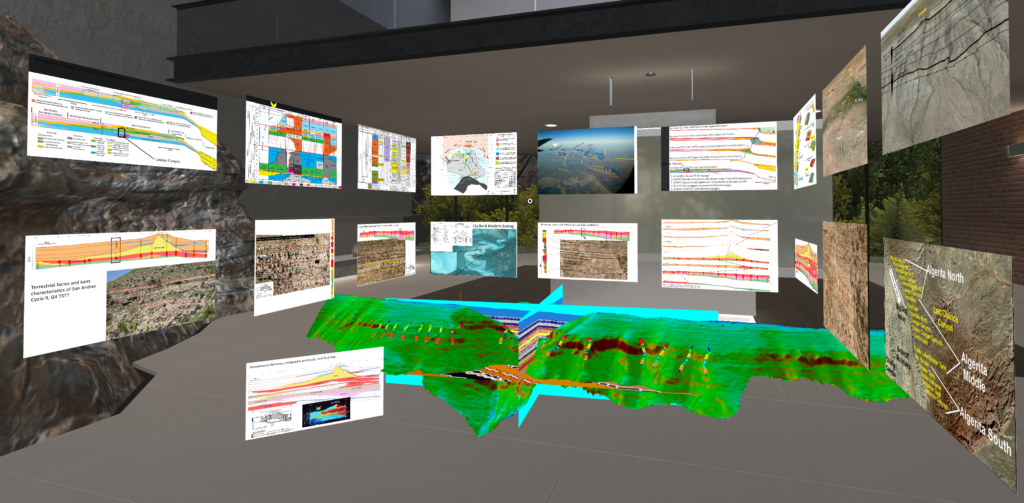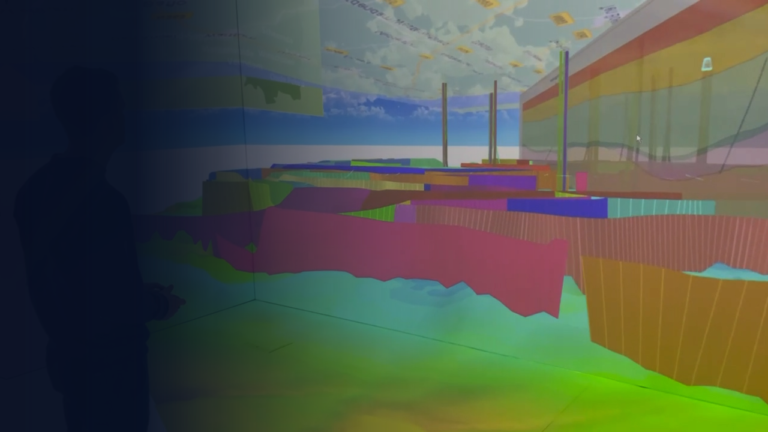University of Texas at Austin Department of Geological Sciences and Bureau of Economic Geology work with BaselineZ to create Digital Outcrop Model Virtual Fieldtrips.
For over 20 years, the University of Texas has used digital outcrop models for research and education purposes. In the past year, they focused their efforts on developing and optimizing virtual field trips for their research sponsors and students. An ideal virtual fieldtrip would require the integration of the latest remote collaboration technologies with digital outcrop models, geological interpretations, digital core descriptions, subsurface geocellular models, and documentary materials from the University’s outcrop knowledgebases.
Research into next-generation virtual reality collaboration software led to Charlie Kerans and Robin Dommisse selecting Craytive Technologies’ BaselineZ software to create a Lawyer Canyon virtual fieldtrip. The BaselineZ software can create virtual data rooms, containing a combination of 3D models, images, videos, and presentation files. The data rooms can be shared with multiple participants who can join the collaborative session using a wide variety of participation hardware and software clients, including the Microsoft HoloLens, Meta Quest 2, PC, and Android, Apple and Windows smartphones and tablets. All participants can interact with the objects in the BaselineZ room for the purpose of investigation or discussion. A presentation mode enables a participant to be guided through a step-by-step virtual fieldtrip, followed by a return to the interactive session.
One of the University of Texas’ most studied outcrops in the Guadalupe Mountains of West Texas, Lawyer Canyon, serves as the reference section for understanding detailed flow unit layering and simulation in shallow-water carbonate reservoirs of the Permian San Andres formation. They created a new high-resolution resolution digital outcrop model using photogrammetric techniques. They used the Schlumberger Petrel software to build an updated 3D geomodel, integrating outcrop facies section interpretations with 3D modeled seismic volumes. Using the BaselineZ Petrel plugin, the section data, geocellular model results, interpretations, and 3D seismic were transferred to an online virtual reality collaboration room.
The virtual outcrop presentation starts by documenting the regional stratigraphic setting of the Lawyer Canyon outcrop located on the Algerita escarpment of the Guadalupe Mountains. Next, we focus on the carbonate high-frequency cycles to investigate the scale of stratigraphic cyclicity and the scales of internal facies and petrophysical heterogeneity at the interwell scale. They show the depositional patterns of a variety of cycles used to understand the 3D facies architecture. The presentation concludes with a discussion of the flow-unit interpretation’s potential influence on the fluid flow characteristics of the San Andres.
“The Lawyer Canyon Virtual Field Trip BaselineZ room is ideal environment for communicating multi-discplinary, cross-domain workflows and methodologies to a wide audience, ranging from non-geoscientists to students and industry professionals.”
Senior 3D Geological Modeling Advisor, Robin Dommisse

View of the Lawyer Canyon online virtual reality collaboration room using the BaselineZ software. The Lawyer Canyon outcrop is shown with a dip magnitude color overlay. The interpreted geological sections show the facies interpretations. A surface based on the outcrop stratigraphy is shown with elevation colors. The modeled 3D acoustic impedance volume is shown with an inline and cross-line section. Images, videos, and presentation files (Adobe PDF files) are placed in a virtual wall configuration within the virtual reality room.




